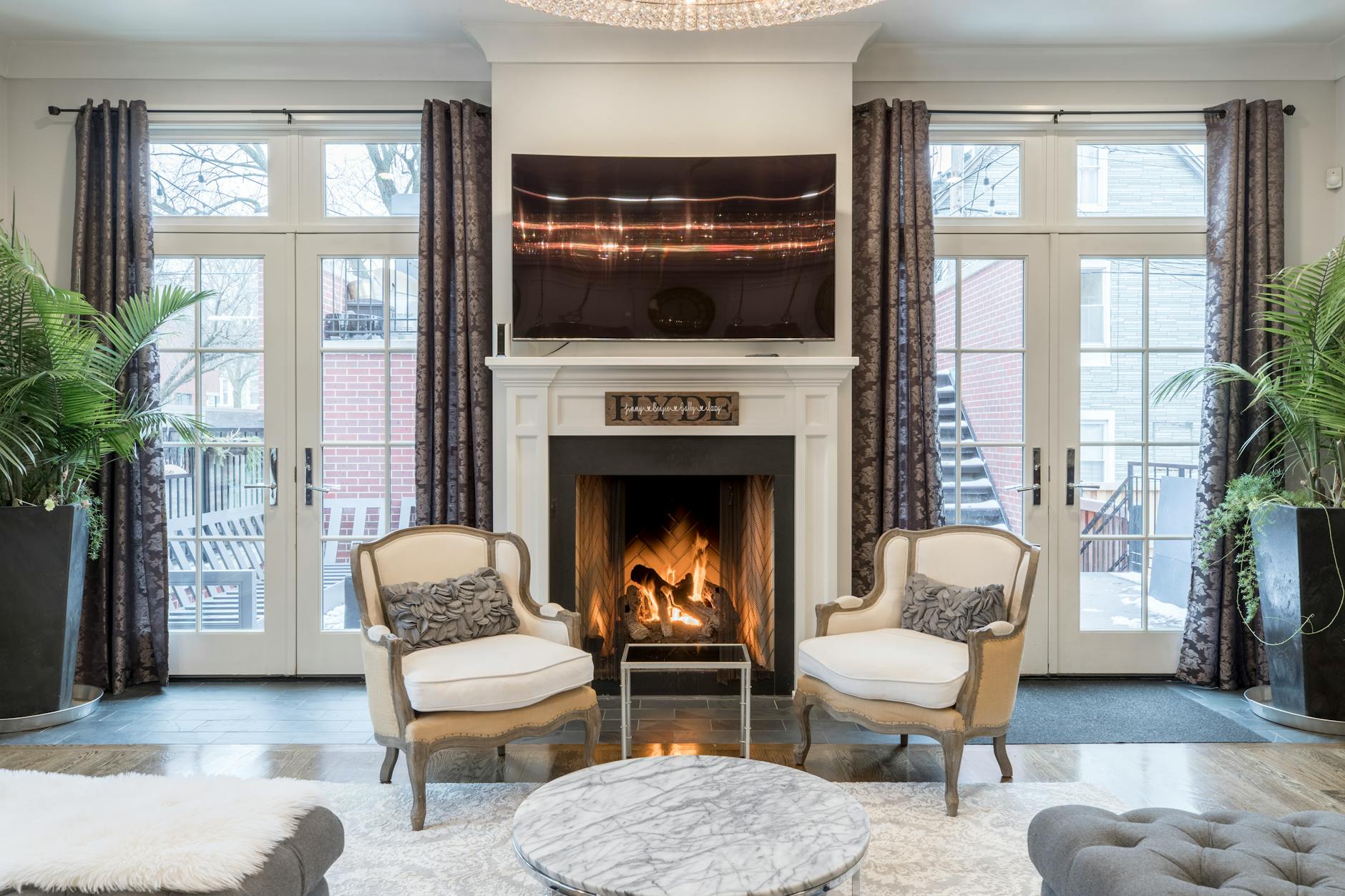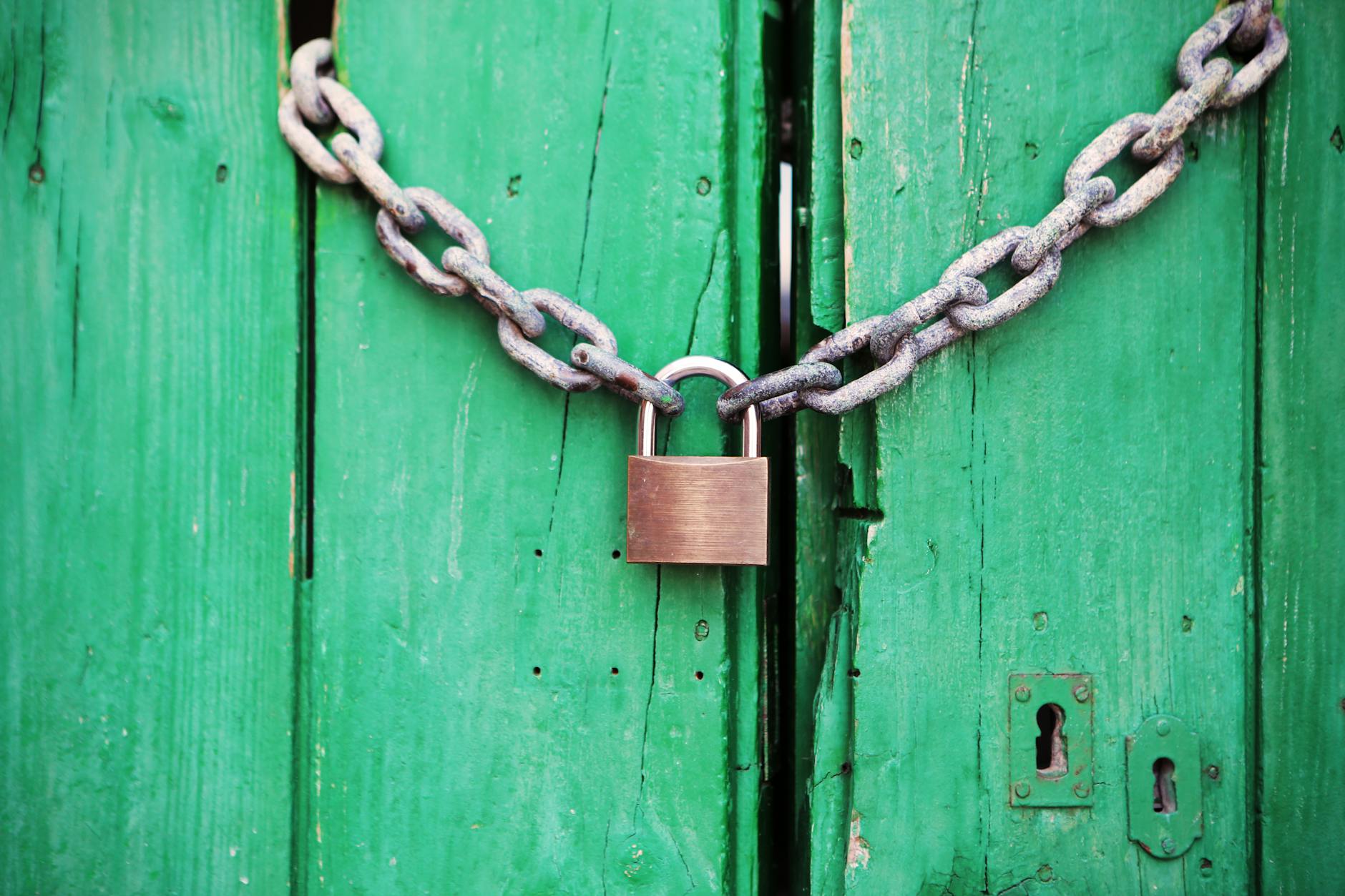Well there was a day when the modern thing to do was to installed structure cabling in new construction. That is a cable bundle that included ethernet, phone and cable. That would still leave you with all kinds of wires for things like burglar alarm sensors, thermostats and door bells (and even card keys in businesses).
The basic idea here is that wiring is forever (eg hard to replace), so invest in a big wiring infrastructure and then let the end devices evolve like crazy.
Homerun Ethernet cables everywhere
Today, all that is converging to Power on Ethernet running on CAT7 (or CAT8 if there runs are short). If I were building a house today (like my buddy James), I would just wire everything up with as much ethernet cabling as I could stand. There are three strategies for this:
- Home running to a central location. This means finding a place in the basement or closet where all the wires end up. That allows you great future-proofing
- Ethernet has really won over every other cabling standard. Right now CAT 8 supports up to 40Gbps communication at 2GHZ. That is pretty awesome. Yes, this is for runs of less than 30M. So for the shorter runs to your wiring center. And then CAT 6a which is 10GBps for the great (running at 600MHz). Yes, there are more expensive, but with 50% higher and it is all shielded so very little interference. Note there is CAT 7, but basically, CAT 6a caught up with it and it is harder to install.
- Install devices that use Power on Ethernet++ so that you can eliminate lots of high voltage wiring too. While Ethernet is not going to replace big current draws, with POE++ allowing up to 90 watts of draw, it can replace lots of things even most residential lighting.
Why not just Wifi everywhere
Now of course for most homes, just a single access point and Wifi are going to be all that are needed, but there are definitely cases where this doesn’t work particularly for Smart home device, so putting in wired networks makes sense in these cases:
- Poor propagation, interference, and lack of AC outlets. This is also known as the bad signal problem. Wifi is going to have dead spots. The main fix for this right now is to install lots of mesh access points, so you connect them, but you still need to have AC power wherever you put the mesh access point. Sometimes it is going to be much easier to just plugin on the other side of that big pesky wall. And of course, if you are in a city, there can be other folks all radiating 2.4GHz and 5GHz causing issues.
- Smart devices and places where there is no power. It might not seem like it now but Smart Home and IOT are just around the corner. It is going to be really convenient if the place where you put the thermostat has an Ethernet jack that provides power and connects to everything. The same for every doorbell. By getting rid of all those little wires, you are really future-proofing. That’s because today’s ethernet can support unlimited bandwidth and up to 100 watts of power just about everywhere.
- Shared networking speeds and reliability. While it all sounds great, the truth is that bandwidth falls dramatically the farther you are from your access point. I’ve seen as a little as 10Mbps in many installations. Having a wired connection is much faster and more reliable.
With that being said, what are some options for folks who want to be ready for the future
Novel places to put Ethernet: doorbells, thermostats, wall switches, high-up on walls, exterior walls, around the house etc.
Basically anywhere that you think you might want to put something should get an Ethernet wire. That is anything that would normally require a simple wire should probably get a home run ethernet wire. Why? Well, it let’s you upgrade it later with a smart device. Some examples:
- Thermostats. There really isn’t a reason why you couldn’t put an iPad on the wall, power it with POE and then have it control your temperature, lighting and everything else. Nest started the trend with smart thermostats adapted to the 2 or 6-wire controls, but there is no reason that you can just connect your furnace with an Ethernet cable and then later on upgrade. If you home run the furnace to your main wiring rack, then you will be super flexible.
- Light switches. Same reason, right now a light switch is well just a switch, but if you stick an Ethernet connection there, you can still do the switching of high voltage, but it would be easy to add a smart switch that controls the relays.
- Doorbells. You can elevate this humble device from two wires and a speaker if you home run it with Ethernet. Then you can easily put a smart doorbell, integrated camera, and an access control system that lets people in automatically.
- High up on walls. When you build a next-generation security system, having spots that are good locations for cameras is an ideal place to put an Ethernet cable. For instance, in each hallway and entrance, in the main living areas where there are valuables, these are great places.
- Exteriors. With the 100W capability, put them in places where you would want an integrated floodlight and security camera, then you can do it all with a single wire.
- Around the house perimeter. For the same reason, this makes it easy to put motion sensors or anything else in the long term with a single cable.
For Existing Homes, MOCA 2.5, POE Cable and Powerline
If you have an existing home, hopefully, you have some CAT 5 wiring around, but even if you don’t there are some great options now. As a side note in small homes, putting everything on Wifi is good, but remember that Wifi is a “shared” bus so that even though the box says support 1Gbps, this is shared by all the devices on the access point. Wired in contrast is per device. So everything gets full high-speed access without interference. And of course, it still works if your AP is down.
- MOCA 2.5 Ethernet over Cable RG-6. If you have cable wired through the house, through the miracle that is from cable companies, you can now repurpose that infrastructure with up to 2.5GBps of shared bandwidth. This type of networking allows up to 16 devices to live on single cable infrastructure. So basically you are using the existing cable infrastructure like it is an Ethernet. The basic configuration is to get a MOCA 2.5 adapter in your machine room and then link aggregate it into your switch. Then every time you want to add a device to the system, you just add a MOCA 2.5 adapter for up to 16 devices. The nice thing about this setup is that every time you need more bandwidth you just add another MOCA 2.5 adapter in your machine room and you get more bandwidth. Pretty clever. Note that MOCA is a half duplex, shared network. So 2.5Gbps is best case with not too much signal loss. And a 1Gbps Ethernet is actually a pretty good match since heat case is 1.25Gbps full duplex and a good match. Also if ur willing to pay fir Two adapters and use either separate networks via home run or frequency splitting. That is a physical split or by firmware in certain adapters.
- Power on Ethernet over Coax. You lose a lot of speed, but most of these adapters can supply 20W of power over RG-59 with an 802.3at POE+ switch so that’s enough for an IP camera. The main limitation is that bandwidth is typically 100Mbps, so this is best for a surveillance camera, smart doorbells, and other low-bandwidth smart home devices.
- PowerLine networking with HomePlug AV2. This will not work for all wiring, but now you can get up to 1Gbps from your wall outlets with 400Mbps typical. They are adding a signal on top of the 120V/240V in your house. This stuff is definitely less reliable, so going through GFIs slows things down as do “noisy” devices that push signal back into the power system like fluorescent lights, chargers. This is also shared bandwidth, but if you are in a noisy environment and can’t get Wifi signals through walls, this is a good “last resort choice”. This is also shared bandwidth and works best if you don’t pass through a circuit breaker or GFIs. The theoretical top is 2Gbps in a single link but the reality is I’ve gotten more like 20Mbps.
But Wifi 6e is around the corner
Finally, the upcoming Wifi 6E does promise to upend the calculus again for non-Smart Home devices. By adding so much more bandwidth at 6GHz it is really going to help with congestion problems, although the propagation problems will remain. By adding 6GHz, there will be 4x more spectrum available adding 1.2GHz to your spectrum budget. So hold on to your hats.
I would say this will be great for mobile and compute devices, but for SmartHome and things that aren’t necessarily around power, that having a robust cable infrastructure will still matter.
The other thing to remember is that WiFi is shared bandwidth. There are two things you can do. The first is creating smaller cells so you have fewer devices per cell. Second is that with mu-MIMO the same AP can have multiple simultaneous connections. A 4×4 MIMO allows 3×3 and a 1×1 client. Net, net, a big AP like this needs more than gigabit 1000BaseT. The solutions are a dual gigabit Ethernet if you can get two Ethernet in. Or if you only have two, then there are 2.5GBaseT which you can do over Cat5e if you have the right Ap like the UAP XG.
The POE Switch that power it all
So what sits in the closet, well the best choice would be a managed POE++ switch that lets you power the entire network dynamically. The latest devices can support up to 750 watts of draw across the entire network and supply up to 100 watts to an individual port. You can add an additional switch if you need more power of course and then tie it all together with SFP+ which for $16 provides 10Gbps backhaul between switches. Pretty neat for home gear I would say.
I use a Unifi 48-port POE++ switch and it is really great the way that it integrates and you can monitor the whole setup with a mobile app at home or remotely.





